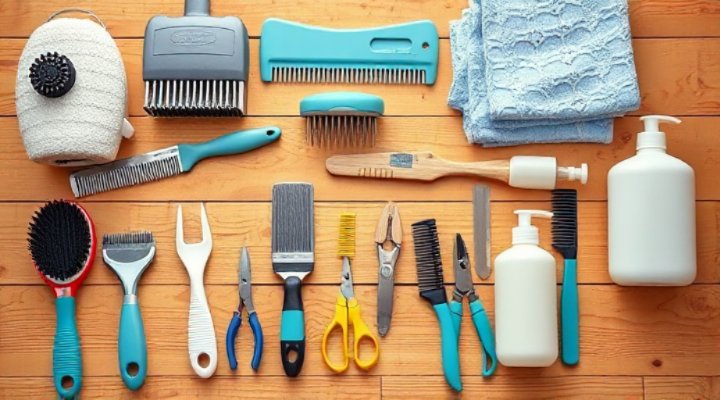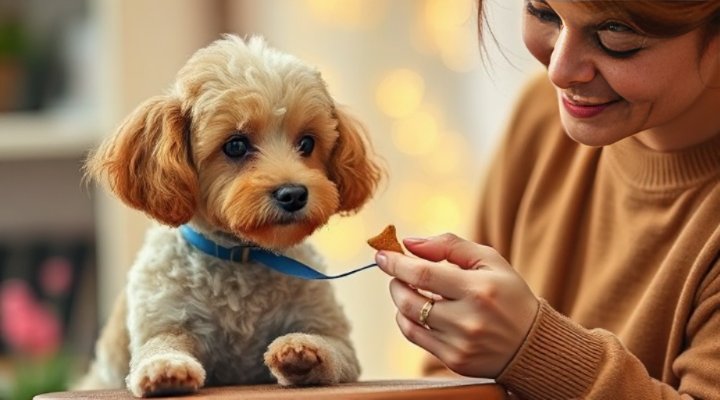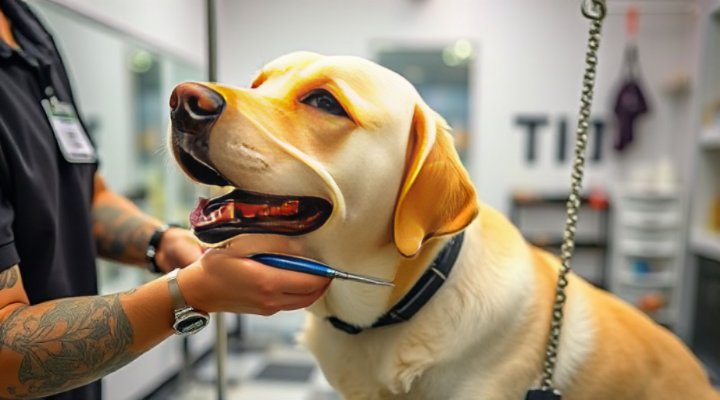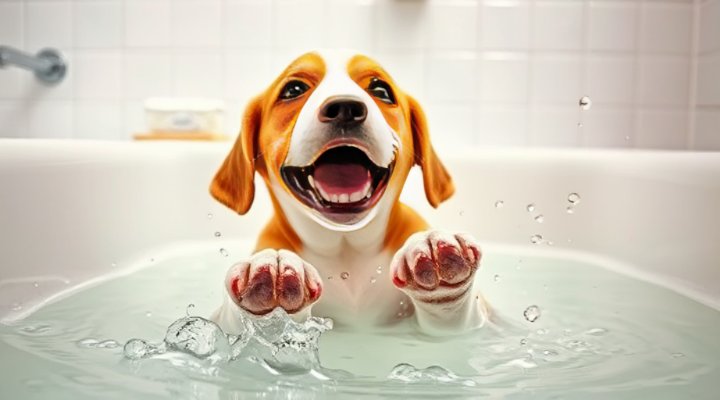Dog grooming training is more than just keeping your pet clean – it’s about creating positive experiences that ensure their comfort and safety. Whether you’re preparing for professional grooming sessions or maintaining your dog’s coat at home, proper training makes all the difference.

Understanding the Importance of Dog Grooming Training
Many dogs naturally resist grooming procedures, which can turn necessary care into stressful experiences. However, with the right approach, you can teach your dog to tolerate and even enjoy grooming sessions. According to the American Veterinary Medical Association, regular grooming is essential for canine health, helping prevent skin conditions, matting, and other issues.
For puppies, early introduction to grooming is crucial. Our article on Puppy Training Schedule provides excellent guidance on incorporating grooming into your young dog’s routine.

Basic Dog Grooming Training Techniques
Creating Positive Associations
The foundation of successful dog grooming training lies in positive reinforcement. Start by associating grooming tools with pleasant experiences. For example, let your dog sniff the brush while giving treats, then gradually introduce light brushing.
As noted in our Best Dog Training Methods article, consistency and patience are key. Short, frequent sessions work better than long, infrequent ones.
Handling Exercises
Teach your dog to accept handling of sensitive areas like paws, ears, and tail. Begin with brief touches, immediately rewarding calm behavior. Gradually increase duration and pressure.

Advanced Dog Grooming Training Methods
Desensitization to Grooming Tools
For dogs particularly resistant to specific tools like clippers or dryers, desensitization is effective. Start by simply showing the tool, then progress to turning it on at a distance, rewarding calm behavior at each step.
The ASPCA recommends this gradual approach for fearful dogs. Our Dog Behaviorists article offers additional insights into managing fear-based reactions.
Cooperative Care Training
This innovative method teaches dogs to actively participate in their grooming. Dogs learn to offer specific behaviors (like placing their chin on a rest) to request breaks, giving them control over the process.

Professional Dog Grooming Preparation
Even if you plan to use professional groomers, home training is invaluable. A well-trained dog makes the groomer’s job easier and reduces stress for your pet. Consider these preparation tips:
- Practice standing calmly on a non-slip surface
- Acclimate to the sound and feel of clippers
- Teach your dog to accept gentle restraint
For more on finding professional help, see our How to Find the Right Dog Trainer guide.

Troubleshooting Common Grooming Challenges
Even with proper dog grooming training, you may encounter issues. Here are solutions for common problems:
Fear of Nail Trimming
Start by simply touching your dog’s paws, then progress to holding them, then introducing the clippers. Our Dog Grooming Professional Tips offers detailed nail care advice.
Resistance to Bathing
Make bath time fun with toys and treats. Use lukewarm water and non-slip mats. Gradually increase water exposure, starting with just damp cloths.
Remember, every dog learns at their own pace. Celebrate small victories and maintain a positive attitude throughout the dog grooming training process.
Related Keywords:
dog grooming techniques, pet grooming training, canine grooming behavior, positive reinforcement grooming, professional dog grooming preparation

